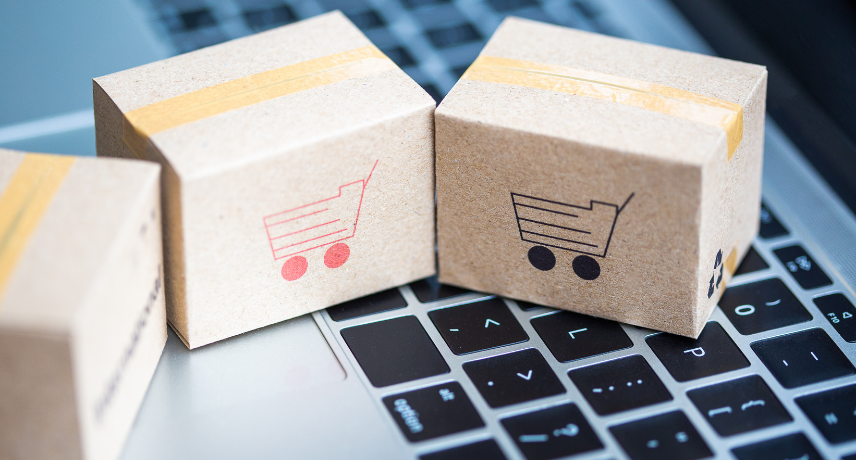
Enquiry Form
Top ERP Features Every E-commerce Business Needs in 2025
In today’s world of e-commerce, having an effective and smart ERP system integrated into the business is vital. Entering 2025, contemporary e-commerce companies seek more than operational functionalities from their ERPs. Given the heightening competition, changing customer demands, and new market channels, utilizing a proper ERP system translates into a great competitive advantage.
These are the top ERP features that all e-commerce businesses will want in 2025 to remain competitive:
1. AI-Driven Analytics and Insights
AI's influence on ERP systems is substantial. By 2025, ERP systems will have an AI component that offers predictive analytics along with insights on customer activity and sales trends. These intelligent functions help e-commerce companies decide what to manage in their inventory, what data to use, and how to improve marketing during vital customer interaction periods.
2. Seamless Multi-Channel Integration
Customers can shop from websites and social media, making it important for your ERP system to work with Shopify, WooCommerce, Amazon, Flipkart and even Instagram Shopping. This helps central management in consolidating the control of product listings, order processing, and inventory management across different channels, consequently improving the operational efficiency and customer experience.
3. Real-Time Inventory Management
Having clear visibility during inventory cycles is important for sustaining profit for e-commerce businesses. By 2025, ERP systems will be capable of monitoring inventory levels in real-time and automating processes like restocking, syncing with warehouses, and sending alerts for low stock levels. More simply, this means that e-commerce businesses will be able to monitor inventories significantly reducing stock out and overstock situations while optimizing fulfillment processes.
4. Automated Order Processing
Scaling operations is easier when things are automated. Currently, ERP systems streamline business processes by automating repetitive tasks such as confirming orders, invoicing, issuing shipping updates, and managing returns. This improved business efficiency enhances customer satisfaction and trust by minimizing errors.
5. Integrated CRM Capabilities
A customer-centric ERP system has features like CRM. This allows companies to track customer interactions, manage potential business opportunities, offer personalized suggestions, and implement loyalty programs. Leading ERP systems are expected to combine all customer data for improved retention as well as smarter engagement by 2025.
6. Scalable Cloud Infrastructure
Recent ERP systems are based on cloud technology which removes geographical restrictions, provides secure access to information, scales with business growth, and needs minimal IT maintenance. This is critical for emerging e-commerce companies that seek scalability without large upfront infrastructure costs.
7. Secure and Compliant Payment & Data Handling
E-commerce ERPs must integrate secure payment gateways and comply with PCI DSS and GDPR, amidst stringent regulations on data privacy and payment security. Safeguards like data encryption, role-based access control, and audit logs are essential for safeguarding corporate and customer data.
8. Accessing ERP on Mobile Phones
Due to the nature of their work, e-commerce business owners and managers are always busy. In 2025, mobile-friendly ERP applications will provide real-time access to sales dashboards, inventory tracking, and customer inquiries.
Conclusion
Seamless and smarter systems will change the future of e-commerce. In 2025, early adopters will utilize newer ERP features. Such businesses will have a competitive edge in customer experience and operational productivity.
This will be a boon for startups, but established enterprises will still find remarkable value if e-commerce-ready ERPs are well integrated.